No one is immune to the silent influence of their own subconscious. Almost everyone, even those who know or believe stereotypes to be false or superficial, still has unconscious biases that have been formed by exposure to society, the news, movies and television, family and friends. A note from an Edutopia article by Shane Safir:
“According to Professor John A. Powell of UC Berkeley, only 2% of our emotional cognition is conscious; the remainder lives in our unconscious networks, where implicit racial and other biases reside. Biased messages can be framed to speak to the unconscious. As they stack up, the brain uses rapid cognition to assess the humanity, threat, and worth of other human beings. More concretely, the prefrontal cortex lights up when we see someone as ‘highly human,’ but it fails to activate when we dehumanize people” (Equal Justice Society).
What does this mean for educators?
The implicit bias of teachers and school administrators, if left unchecked, can contribute to stereotypes becoming self-fulfilling prophecies. In this article, teachers discuss their experiences realizing that their bias was affecting students. According to The Brookings Institution, bias “may be particularly salient in the hierarchical environments of schools,” perpetuating “socio-economic, gender, and racial gaps in educational outcomes such as academic performance, engagement with school, course and major choice, and persistence in higher education, particularly among historically disadvantaged and underrepresented groups such as low-income and racial-minority students.”
“Implicit bias often enters our judgments related to other people based on skin color, ethnicity, language, and other traits. In schools, the effects of implicit bias on students of color have been linked directly to excessive discipline, lower teacher expectations, and over-critical grading procedures; and linked indirectly to higher dropout rates, future incarceration, and lower higher education outcomes” (WhyY.org).
- A great first step to getting a clear look at what biases you have is to take a free implicit bias test online. Here is one test, and here is another. Implicit association tests help you examine the way you quickly make decisions and judgments about people and are unique in that they expose associations that people are unwilling to admit, or do not necessarily realize they have. While you may have a clearly defined belief, your mind can still associate certain races or genders with objects, professions, or descriptive factors.
- Nurture a healthy school climate with an attitude and atmosphere that is open to honest discussion free from tone-policing, blaming, profanity, or accusations. Encouraging empathy and listening to the opinions and experiences of other people can break us out of our own assumptive patterns of thinking. A real-life exercise for students or administrators: Examine how many members of your friends and family is the same race as you. You can even go out of your way to interact with people who are different from you, but build a real relationship without objectifying or using that person for their “otherness.”
- Do not assume that working on lessening your own implicit bias means “not seeing race/color/gender.” It is a simplistic fallacy to pretend that all of America or your city is a fully homogenized culture and that people do not face intersecting challenges due to their age, race, gender, disability, immigrant status, etc. As The Atlantic puts it, “Humans see age and gender and skin color: That’s vision. Humans have associations about these categories: That’s culture. And humans use these associations to make judgments.” In fact, being “color-blind” has been shown to increase implicit bias (Greater Good Magazine).
- Attempt and encourage daily practices that are designed to fight implicit bias while reducing anxiety. This can mean “wise interventions,” which have been shown to improve students’ GPA and test scores. The include resiliency training through journaling and reflection, moving individuals “from fixed to growth mindsets, in which achievements are viewed as the result of specific processes and behaviors rather than of innate abilities or circumstances.” (The Brookings Institution). Another daily practice to try is mindfulness, which is scientifically tied to increased feelings of empathy and peace, nonjudgmental awareness, and more success in everyday endeavors. In addition, check out this article, “Four Ways Teachers Can Reduce Implicit Bias,“ for more excellent and comprehensive ways to confront bias in your life while also improving your daily interactions and overall mental health.
- Attend personal development training, which has proven to be effective in providing long-term benefits to individuals as well as whole departments and groups of staff. The Association for California School Administrators’ professional development programs, ongoing Equity Project, and other educational services, such as conferences and training sessions, are designed to allow education administrators to discover new perspectives and implement equitable solutions to some of today’s most important educational issues. ACSA also offers a one-on-one mentorship program that is free to members.
Some links for further relevant reading include:
- Understanding Implicit Bias: What Educators Should Know
- Edutopia: Fair Isn’t Equal: Seven Classroom Tips
- Kirwan Institute Report: Racial Disproportionality in School Discipline Implicit Bias is Heavily Implicated
- 4 Things We Can Do to Minimize Implicit Biases
- The APA’s Top 20 Principles from Psychology for K–12
- Psychology Today: Overcoming Implicit Bias and Racial Anxiety
- US News: An Unequal Start: Racial Bias Still Persists in US Schools
- MIT Teaching: Gaps in K-12 Student Outcomes Due To Bias
- Albert Shanker Institute: What Is Implicit Bias, And How Might It Affect Teachers And Students?
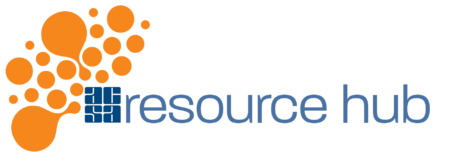

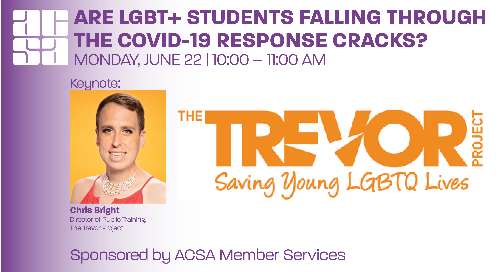
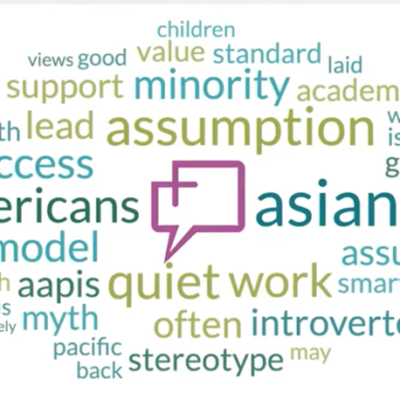

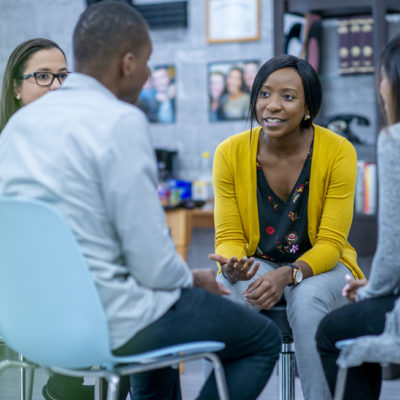
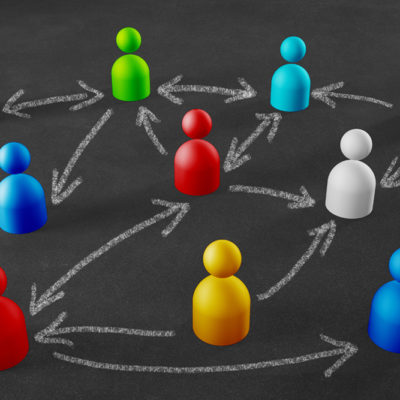

Claudine Pagan
Implicit bias can lead educators to make assumptions about student behavior that are underserved. Educators must actively regulate their bias and actively work to ensure that all students are treated fairly.
alec jacobs
It is important to eliminate bias so that climate around the school remains neutral or positive for all students
Julie C
in order to keep a neutral and positive climate for students it needs to be a bias free school. allowing the school to eliminate any type of bias views from students and teachers will create a safe place for everyone.
Robert Chalmers
Implicit bias is something each teacher needs to examine within himself/herself; he/she may be totally unaware it is even there. Most important is that students do not feel bias and are in a comfortable environment to maximize their potential to learn.
Sean
To make sure everything is fair to all, you have to eliminate biases
Henry Kissinger
Treat everyone as an equal and give each student the same chances as everyone else.
TQ
As educators we set the tone within our classroom. Educators must beware of their own bias and actively regulate them so that they don’t make assumptions about their students.
Jeanine
As educators , we need to look at ourselves first and understand how not to be bias. We need to educate that all individuals are to be treated equally. Students in the classroom and outside of the classroom look up to educators to guide them in the right direction. Us as educators need to make sure we make all students feel comfortable in their learning enviornment.
Beth Palmer
As educators we must recognize and understand the biases we all bring to the classroom and educate students to treat each other equally and. fairly.
marie picarella
Treat every student as an equal. Try to navigate through the day with our hearts and not our EYES. Think before we speak or react and understand that we all have our own stresses in life.
Juliet Eshaghoff
Implicit biases are too strong for us to just ignore them and hope they don’t influence our actions through means of self fulfilling prophecies. Because of this, it is that much more important that we actively work towards challenging them. Doing so will allow us to foster a more inclusive and fair environment for students, ultimately provide students with the tools and support to succeed in their academics and life outside of the classroom.
marie picarella
Try to navigate through the day with our hearts and not our EYES. Think before we speak or react and understand that we all have our own stresses in life.
marie picarella
I am surprised to learn about implicit bias. To know that people can judge others from a subconscious view seems hopeless. This means as educators we really need to make learning about being BIAS a HUGE part of our everyday classroom experience.
FRANCISSE JEAN-FRANCOIS
This article has tremendously raised my awareness about implicit bias as I did not realized how automatically I was susceptible of making bias decisions. It is so easy, as human beings, to assume, pretend, or prejudge based on our understanding of things without any call for empathy or other considerations. We are more likely to conclude based on patterns build in our minds. I understand, from this reading, that I should be more careful and ready to second-guess my decisions regarding student behavior in the classroom.
Abigail Soto
I was surprised to read “being “color-blind” has been shown to increase implicit bias”. At first I stopped because colorblindness is a condition but the more I thought about it I kinda understood. Even by looking at certain colors, it the “choices” we make that point out or biases.
Deborah Zollo
I found this to be very helpful. It reminds us to be open minded and remember that we all deserve courtesy and respect. Kindness is paramount in the classroom
Tracy Rivera
I found the section that spoke about working on lessoning our own biases that some people would think that we all could suddenly not see others race age gender or disability
Jennifer Walsh
Checking in on your own biases is a great way to help one not make decisions based on biases. If you do not see your own biases then there is no way for you not to act upon on them.
Frank Vito Aguanno
I think this information can help me when i become a teacher and create an friendly environment for all students.
Lynnette
Implicit bias, when not reflected upon can lead to an unfair environment for students. It is important as educators to look at our own biases so we can create a safe space for all students to learn .
Angela Katsoulas
There have been proven effects of implicit bias on student color and have been directly liked to lower teacher standards, excessive discipline, over critical in grading. The effects of implicit bias are then indirectly related to higher dropouts and future incarceration. Some strategies that can be useful for educators were mentioned were discussed in the article:
1, You can take an implicit bias test which is very interesting.
2. Nurture a healthy school atmosphere with honest open conversation with not blaming, accusations or profanity.
3.Encourage daily activities to lessen anxiety and fight implicit bias like. journaling or meditation which increase mindfulness.
4. Educators should continue workshops and training on implicit bias.